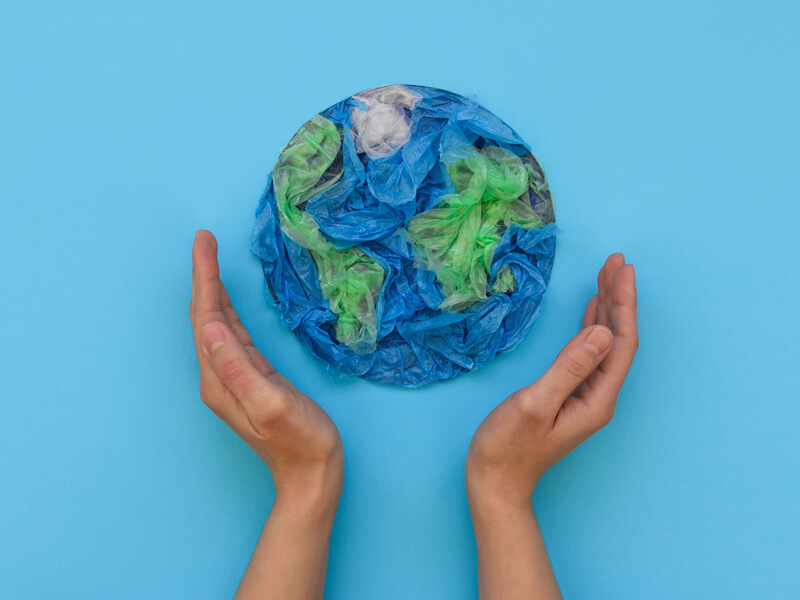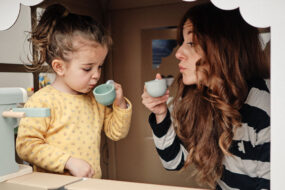Are bioplastics really better for the environment?
They are hailed as the eco-friendly solution to our plastic pollution problems, but bioplastics aren’t necessarily all they are cracked up to be.
With plastic washing up on our beaches, turning up in our food and choking our waterways, there’s no doubt the world is in the midst of a plastic crisis.
Less than 10 per cent of plastics are recycled worldwide.
But awareness of the problem is on the rise, leading to people, businesses and governments increasingly taking steps to move to a more plastic-free lifestyle.
Bioplastics are emerging as a convenient alternative to conventional plastic. But the big question is, are they better for the environment?
What are bioplastics?
Bioplastics are simply plastics partially or fully made from renewable sources such as sugar cane and corn.
Australasian Bioplastics Association president Rowan Williams says under this umbrella term there are two main types.
The first is bio-based plastics, which contain organic components typically from agriculture.
“What we’re talking about when it comes to bio-based plastics is we’re replacing the fossil carbon with a renewable source of carbon,” Rowan says.
“Once made, they’re exactly the same as conventional plastics.
“The chemical fingerprint is identical and they can be recycled through conventional or mechanical recycling streams.”
Another type becoming more common is compostable plastic.
As the name suggests, these plastics can be broken down under the right conditions, according to Rowan.
But he says this type of plastic only makes up a tiny percentage of those currently used in Australia.
- Sustainability tips: How to cut plastic use at home
Is biodegradable plastic eco-friendly?
It’s common to see products such as bin liners, cling film and nappies marketed as biodegradable.
Be wary of these claims, as products listed as biodegradable have the “feel-good factor” but may not actually be an excellent option for the planet, according to Rowan.
“(Biodegradable) is a term that’s completely meaningless. It doesn’t tell you under what conditions or how long it takes,” Rowan says.
“If it’s not disposed of properly it’s sent to landfill. It may break down eventually, but what’s the point in doing that because it’s still ending up in landfill.”
Rowan advises instead looking for plastics that are certified compostable and carry the ABA logo to show they adhere to the Australian standard.
Commercial compost products will be labelled as AS4736-2006, and for home compost look for AS5810-2010.
- We all win: 5 habits that are good for you and the planet
What type of plastic is best to use?
The reality is that plastic alternatives are not yet as advanced as many of us would like.
Monash Sustainable Development Institute senior researcher Jenni Downes says this means if you want to be environmentally conscious, the best approach is to reduce your use of plastics at home.
“Plastics are really complicated and no particular type of plastic is just better or not for the environment,” Jenni says.
“Definitely, no matter what an item is made of, as long as they are used multiple times, they’re almost always better than a single-use plastic.
“Little actions such as bringing your reusable water bottle, coffee cup and cutlery can add up to big changes.”
If you cannot avoid plastic, choose a reusable item or a plastic that can be recycled or is certified compostable, Jenni says.
Written by Alex White.





